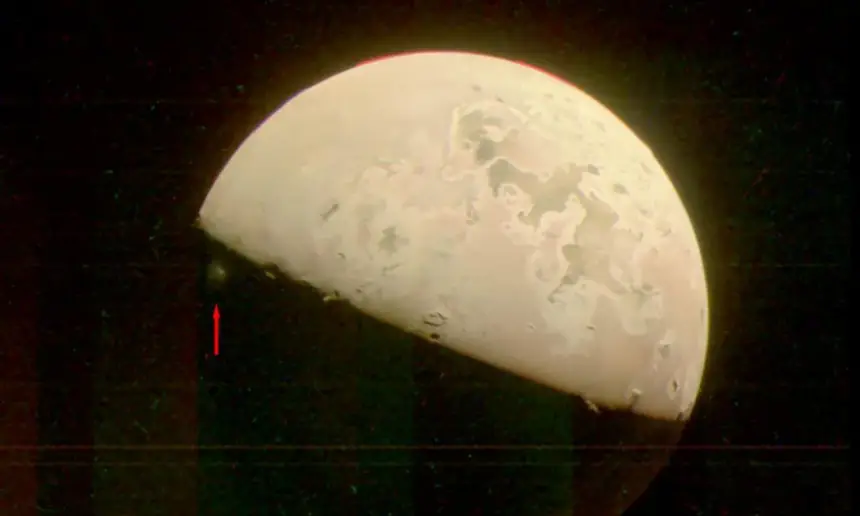Exploring the Mysteries of Io
NASA Juno spacecraft is gearing up for an unprecedented close encounter with Jupiter’s moon, Io, on December 30. This flyby, the closest in over two decades, will bring Juno within approximately 930 miles (1,500 kilometers) of Io’s volcanic surface, presenting a unique opportunity for the spacecraft’s instruments to collect a wealth of valuable data.
A Scientific Odyssey
Juno’s principal investigator, Scott Bolton, expressed excitement about the upcoming flyby, stating, “By combining data from this flyby with our previous observations, the Juno science team is studying how Io’s volcanoes vary.” The focus is on understanding the frequency of volcanic eruptions, the intensity of volcanic activity, changes in lava flow patterns, and the connection between Io’s activity and Jupiter’s magnetosphere.
The Road Ahead
This close approach is just the beginning, as a second flyby of Io is scheduled for February 3, 2024, maintaining a distance of around 930 miles from the moon’s surface. Juno has been diligently monitoring Io’s volcanic activity from various distances, providing unprecedented views of the moon’s poles and conducting close examinations of Jupiter’s icy moons, Ganymede, and Europa.
Unraveling Io’s Mysteries
Scott Bolton emphasized the significance of these flybys in unraveling the mysteries surrounding Io’s intense volcanic activity. The spacecraft aims to investigate whether a magma ocean exists beneath Io’s crust and the impact of tidal forces from Jupiter on this tumultuous moon.
Cameras Ready!
All three cameras aboard Juno will be active during the Io flyby. The Jovian Infrared Auroral Mapper (JIRAM) will capture infrared images, revealing the heat signatures of volcanoes and calderas. The Stellar Reference Unit will provide the highest-resolution image of Io’s surface to date, while the JunoCam imager will capture visible-light color images.
Challenges and Solutions
Juno, now in the third year of its extended mission, has faced challenges due to the harsh radiation environment around Jupiter. The Juno team has been working to address radiation damage to JunoCam, ensuring the continuation of this valuable imaging tool.
A Strategic Trajectory
In response to the success of Juno’s observations, the spacecraft’s trajectory has been adjusted to include seven new distant flybys of Io, bringing the total to 18 during the extended mission. The orbits will progressively grow more distant, providing a comprehensive understanding of Io’s dynamics.
Beyond Io: Jupiter’s Ring System and More
Juno’s mission extends beyond Io, delving into the mysteries of Jupiter’s origin and exploring the ring system housing some of the gas giant’s inner moons.
Future Endeavors
After these close encounters, Juno’s trajectory will undergo further changes, leading to solar eclipses during every close flyby of Jupiter. The spacecraft will conduct occultation experiments in April 2024, utilizing the Gravity Science experiment to probe Jupiter’s upper atmosphere.
Mission Overview
Managed by NASA’s Jet Propulsion Laboratory (JPL) in Pasadena, California, Juno is part of NASA’s New Frontiers Program. Lockheed Martin Space in Denver built and operates the spacecraft. The extended mission is set to conclude in late 2025, offering a continued exploration of Jupiter’s mysteries.
Stay tuned for more updates as Juno embarks on its scientific odyssey around the gas giant and its captivating moon, Io.






